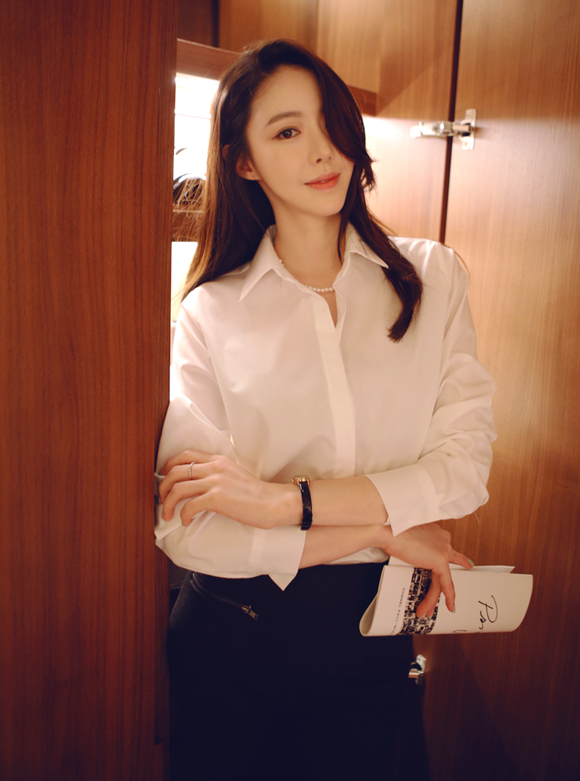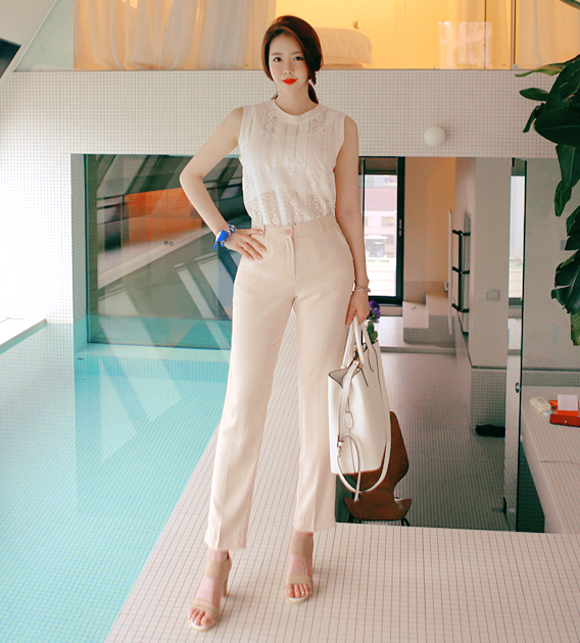About a month ago, I wrote a piece about essential office attires for women. Though it pretty much covers most of what women should have in their wardrobes, I just found out that a lot of women still find it difficult to put pieces from their wardrobes together each and every morning. Of course, in choosing your OOTD (Outfit Of The Day), we should always consider elements that will not only make us look good, but will follow our company’s dress code policies.
With that in mind, I decided to write another blog about what we should and could wear in a corporate environment. This time, though, I’ll be explaining a thing or two about dress codes.
So what are dress codes? Well, every company actually has their own. Some might be very strict with it, some may be more compromising. If you don’t remember your company’s dress code, or if your new employee orientation wasn’t able to cover it, you should ask your HR about it just to be sure.
Basically, there are four types of corporate dress codes—business formal, business professional, business casual, and casual. What are these exactly? Here are brief descriptions of each dress code and what goes well with them:
Business Formal
This is the standard dress code in a business formal environment. It’s the highest level of professional dress as lawyers, company executives, and other high-level position in any organizations usually wear it. The clothing should also be properly pressed and clean.
Business formal attires usually consists of a well-cut pantsuit or (not too short) skirt suit in neutral colors such as black, navy, or brown. These pieces can also be paired with a white button-down blouse or shirt and closed-toe heels, which should also be in neutral colors. You can also add a perfectly tailored jacket and a few accessories to complete your business formal look.
Business Professional
As you may have already imagined, business professional attires are somewhat similar to business formal. They are still traditional and conservative but a little more relaxed as they allow a bit of other colors and patterns. It’s usually used by people who are in the second tier of the corporate ladder including ones who work in finance and accounting. It is also used for employees who work in companies with strict dress code policies.
Although the building blocks of business professional attires (pants, skirt, blouse, jacket) are pretty much the same with business formal, you can play around with A BIT of colors and patterns with it—notice the emphasis on the phrase “a bit”?
Business Casual
It’s one of the most common dress codes and are usually used by employees in a company because it allows people to add personality with their work wear without looking unprofessional.
Yes, business casual attires are very loose compared to business formal and professional attires, but of course there still some limits. Here you can play with as many colors and patterns as you want, but you have to keep in mind that you are in a work environment and you should always look professional. For the shoes, you’re also allowed to wear more comfortable shoes such as flats, loafers, and pumps, but never flip-flops and sneakers.
Casual
If the company that you’re working for allows casual attires, then a pat in your back is in order. Since you’re fortunate enough to work in such loose office environment, you should still have to remember that you’re still at work and some level of professionalism should always be conveyed. So revealing and figure-hugging dresses should be a no-no. Shorts, mini skirts, as well as tank tops (especially those with spaghetti straps) are You can, however, wear comfy should such as plain sneakers and strap sandals but no flip-flops, please. Jeans are also allowed though just make sure that they’re clean and well-fit.
There you have it! I hope this will help you in putting together your work wear. If you’re looking for more work wear pieces to add to your wardrobe, you can check out this site or click on the images featured above.









